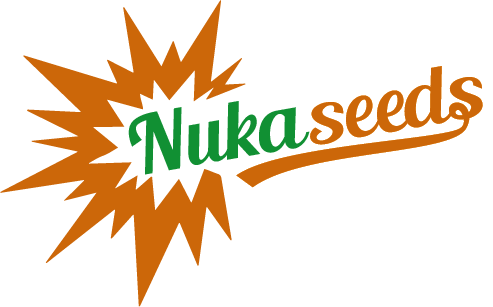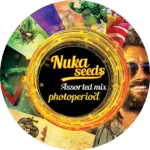English
Alternaria in cannabis plants
What is Alternaria?
Alternaria is a genus of fungi in the ascomycete family. Species of the genus Alternaria are known to be major plant pathogens, responsible for at least 20% of all cases of spoilage of agricultural produce, and are also common allergens in humans, associated with hay fever, asthma, skin problems and causing opportunistic infections in immunocompromised individuals.
There are 299 species in the genus Alternaria, which are ubiquitous in the environment and are a natural part of the fungal flora, as they are common agents of decay and rot. Spicules are airborne and can also be found in water, soil, on objects and indoors.
It is known that species of the genus Alternaria are often prolific producers of various toxins, the exact effects of these compounds on plants and animals being as yet unclear, although, as already mentioned, it is believed that at least 20% of agricultural losses are caused by Alternaria, and in some cases this can be as high as 80%. These statistics clearly show that this is undoubtedly a serious problem for farmers and growers; however, not all Alternaria species are pests or pathogens and, on the contrary, studies have shown that they can be very useful as biological control agents in the control of invasive plant species.
Growth and reproduction of Alternaria
The peak of Alternaria mycelial development usually occurs at temperatures around 27 ºC. At 19-23 ºC the fungus begins to produce spores from ten days after infection, which are then dispersed by wind and rain. The spores usually settle on the lower parts of the plant, where infection begins within 12 hours as the spores germinate and penetrate the leaf epidermis.
Like most fungi, Alternaria requires high humidity to grow and reproduce, but the most favourable conditions for its development occur when moisture and drought alternate. Therefore, when combating this pathogen, care should be taken to inspect plants daily during rainy periods or when there is a heavy morning dew and, if necessary, apply a preventive fungicide such as Aptus Fungone.
Symptoms and damage by Alternaria
The fungus itself is not visible to the naked eye, so the only way to detect its presence in a crop is to look out for the damage it causes on the leaves (or stems) of cannabis plants.
Alternaria causes leaf necrosis – characterised by dry patches of brown, grey or black colour on plant leaves. These spots, which can measure up to 2 cm in diameter, can present circular concentric marks alternately light and dark, forming ‘rings’ in the leaves, with a yellowish margin (chlorosis). In some cases, these spots crumble and disintegrate, leaving a hole in the leaf.
Usually, the growth of these spots is limited by the thicker nerves of the leaves, although they can join together to form much larger infected areas. In this case, the loss of leaves (defoliation) is greater and in severe cases can lead to the death of the cannabis plant.
Although Alternaria usually develops on leaves, as described above, it also frequently infects the stems of young seedlings, producing grey-brown spots (usually at the base of the stem where it meets the ground) that cause rot, which often kills the host plant. The spots on the stems may also show concentric circles, although to a lesser extent than on the leaves. Inside the spots, black spots can be observed – these are known as conidiophores and are responsible for the reproduction of the fungus (spore formation). Sometimes, as in tomatoes or potatoes, it also attacks the fruit, on which it forms black, round or oval spots and spoils the crop.
Unhealthy plants are more susceptible to Alternaria infection, for example those infested with nematodes, those with nitrogen or potassium deficiencies – caused by poor soil or improper fertiliser application – or those with waterlogged ground are at much greater risk.
Prevention and eradication of Alternaria
Taking into account the months with maximum fungal activity (March, April and May with a second period in September and October), an alternaria prevention programme can be planned. As always, good hygiene – just as important when growing outdoors as indoors – and the removal of any decaying plant residues is important. When removing residues from infected plants, burning is the best option, but always with proper precautions. Adequate ventilation of plants and avoiding waterlogging will also go a long way to keeping this fungus at bay.
For an environmentally sensitive preventative approach to alternaria, spray plants with natural fungicides such as horsetail (Equisetum arvense), potassium soap such as Oleatbio or the highly recommended Propolix every 10-15 days (ideally alternating products with each application).
If chemical prophylaxis is chosen, broad-spectrum fungicides such as Maneb or Mancozeb are commonly used for this purpose. Other chemical fungicides that work well against alternariosis are zineb, chlorothalonil or copper-based fungicides (copper hydroxide, copper oxide, zineb + copper oxychloride, ‘Bordeaux Mixture’).
As always, we recommend the responsible use of chemical products only as a last resort, when no other measures work, and always in accordance with all safety instructions and precautions for use on the label.
If you decide to grow your own cannabis plants, always buy good quality and fresh cannabis seeds. You can look for seeds from Nukaseeds.
Published by Blood
16/02/2023choose and buy cannabis seeds from our offer
our pleasure




























